SenseHub® Dairy collars underpins gains in individual cow health and mating performance
August 17, 2025

Farmer
Phil and Julia Empson
Location
South Waikato
Farm Size
265,000kg MS 2024-25 season
Cows a peak milk
520
Farm Manager
Kyle Beardsall
Fitting SenseHub® Dairy collars has transformed herd management and performance for Waikato dairy farm manager Kyle Beardsall.
Collars were fitted to the herd on his 200ha South Waikato property five seasons ago, at the start of an expansion and intensification phase which has led to cow numbers peaking at 520 and production of 265,000kg milksolids in the 2024-25 season.
The farm’s owners Phil and Julia Empson have invested in growing the milking platform, adding two adjoining blocks over the past four years and recently lining up the purchase of another property over the road where most of the mixed-age cows are currently wintered.
A covered feed pad was completed in June 2023 and a new 60-bale rotary milking shed will be fully operational in time for the farm’s first milk pick up for the 2025-26 season in late July.
The new rotary shed has advanced SenseHub Dairy technology built in, including automatic drafting, weighing, and SenseHub MilkPlus and Somatic Cell Count (SCC) sensors at each milking point.
Until the new block is combined into the existing operation in July 2026, Kyle is milking off 160ha and grazing all young stock on the property.
Access to the new property will require construction of an underpass to allow some land to be incorporated into
the milking platform and further increase in cow numbers towards 700 over the next two seasons.
Kyle says SenseHub Dairy collars have underpinned gains in individual cow health and mating performance. Being able to detect issues sooner than before, so he can intervene before it develops into a more serious issue.
“A good example of early detection is I’ve had a few alerts at night over calving time from cows in the colostrum mob. They weren’t well and had, in fact, developed milk fever,” he adds.
“Without the collars, I wouldn’t get those cows till next morning, so you’re getting her eight, nine hours earlier, straight off the bat.”
The collars also take pressure off during heat detection, allowing Kyle to move to artificial insemination for the entire herd, with no bulls required for tailing up the main herd. He still has a few bulls to cover his heifer replacements, but there are none used to back up the AB programme for the mixed-age herd.
He’s been shortening the calving spread over the past few seasons and for the 2024-25 season, artificial insemination was just over eight weeks duration.
He is also using more sexed semen without compromising his in-calf rates thanks to improved heat detection. Empty rates are typically less than 10% compared with 11-14% before the collars were fitted and the insemination programme was backed up with bulls.
“Our empty rate was higher before when we were using bulls and we were calving two weeks longer than we are now.”
Short gestation straws and better heat detection using the insemination window ‘countdown to ovulation’ feature, within the SenseHub Dairy software, has allowed us to really tighten up our calving spread,” he says
“By September, we are done and they have a whole month off to recoup before we even start mating.”
He’s also found it is easier to monitor cows transitioning to the twice-a-day milking herd.
“Sometimes you get that busy it’s easy to miss the odd thing if a cow’s not doing really bad but not her best. The collar data allows me to keep track of all them.”
“I used to write down cow numbers in my book, but sure enough next milking, they’re on the report and after a while you just give up. You can’t seem to outsmart the SenseHub Dairy data.”
“I think we do a pretty good job transitioning cows here, especially now we have the barn. But what I didn’t realise was how poor the herd was ruminating in the dry period before we had the barn,” Kyle says.
“If we were hitting 350, 400 a cow, I was like thinking that’s primo. And then I put them in the barn and they were hitting 600 to 700,” he says.

“But even if you are transitioning well, if there are some falling behind, the data pinpoints those cows and you can do something about it, like put them on once a day so they sort themselves out.”
Kyle says he noticed cow size and weight has a big influence on rumination levels.
“I see a lot of the smaller cows don’t ruminate to the same level as the bigger cows in the herd, but that’s where the weigh scales are good to have. I can see the weight of them, see what they’re ruminating at, see all their milk solids, and build that into a picture when I’m culling cows.”
“You can guarantee those smaller cows are not eating as much as the larger cows, so they might be earning you more profit than some of your bigger cows. They’re just more efficient.”
Kyle is now using rumination and milk production data to select his top performing and most efficient cows to mate to sexed semen for replacements.
“Our more efficient cows are our top candidates because there’s no point milking a whole bunch of big cows that are doing average milk production for their weight.”
The collars allow him to treat cows individually, rather than taking an action over the whole herd. Any animal that comes up on his herd health report is automatically drafted off at milking for a check.
“Whether you stick them back in the herd and just keep an eye on them or you do pull them out into your sick mob, it’s up to you. But you are actually pulling them out and looking at anything that is flagged as not doing a hundred percent.”
Kyle says SenseHub Dairy collars and the feed pad have allowed him to fine tune feed management to provide consistent, good production. He aims for a minimum rumination level of 500 minutes per cow per day, and if rumination is trending lower, he can supplement cows on the feed pad after milkings.
“I mean there’s a lot of things you could do with all that data, like making a light mob from your weights or taking out all the cows that aren’t ruminating well and putting them in one herd so you can really focus on them and you’ve got all the no-worry cows just doing their thing.”
Kyle says it took him a couple of seasons to really become fully confident with the SenseHub Dairy system. He started with the basic animal health reports and getting through the first mating before delving deeper into the reporting and working with the farm’s veterinarian.
He admits the initial training was daunting and he had only just became confident using MINDA when the collars were installed.
“After I did my first training, I felt like I was in the deep end. But the trainers are really good with the support, then after another couple of training sessions, I was much more confident.
“I’m not great with computers so I just tried to learn a little bit each time and now it’s fine. It’s just become a part
of our daily routine to keep up to date with reports and adding notes.”
“Our local vets have one guy who’s really into collars and he helps dissect all our transition data so we can review that at the end of the season to see what we can improve on the following year,” he says.
Installing collars has also improved his work-life balance and the pressure over mating when he used to do all artificial inseminations.
“I’d be there jumping up and down rails, drafting off any cows on heat. Now, it’s just not a worry.”
“I don’t have to be standing on AI platform all morning, I’m not touching up paint the next morning, all that stuff. And not stressing about the staff doing it because the SenseHub Dairy collars are just doing their thing while my staff just milk and do their thing.”
The phone application allows he and his staff to make notes on individual cows for checking later.
Kyle says he would be reluctant to farm without SenseHub Dairy collars on the herd and technology in the milking shed.
“Even just the simplicity of when you are walking behind the herd, there’s a lame cow so punch her into your phone, draft this cow this afternoon rather than thinking I better keep an eye out for that cow. Stuff like that makes life so much easier.
“Another one is to be able to draft your culls, and all the animal health stuff is just awesome. You are always looking at the cows, but it’s so reassuring having the collars watching them as well.”
“I think it’ll get to the point where the majority of farmers will have collars and it’ll be different to not have them. I think that’s where it’s going.”
sign up or have a chat – leave your details below
Our local Sales Specialist will get in touch soon.
NZ-SHB-250600007


 Chile
Chile France
France Germany
Germany Ireland
Ireland Italy
Italy New Zealand
New Zealand Portugal
Portugal Spain
Spain United Kingdom
United Kingdom Global
Global